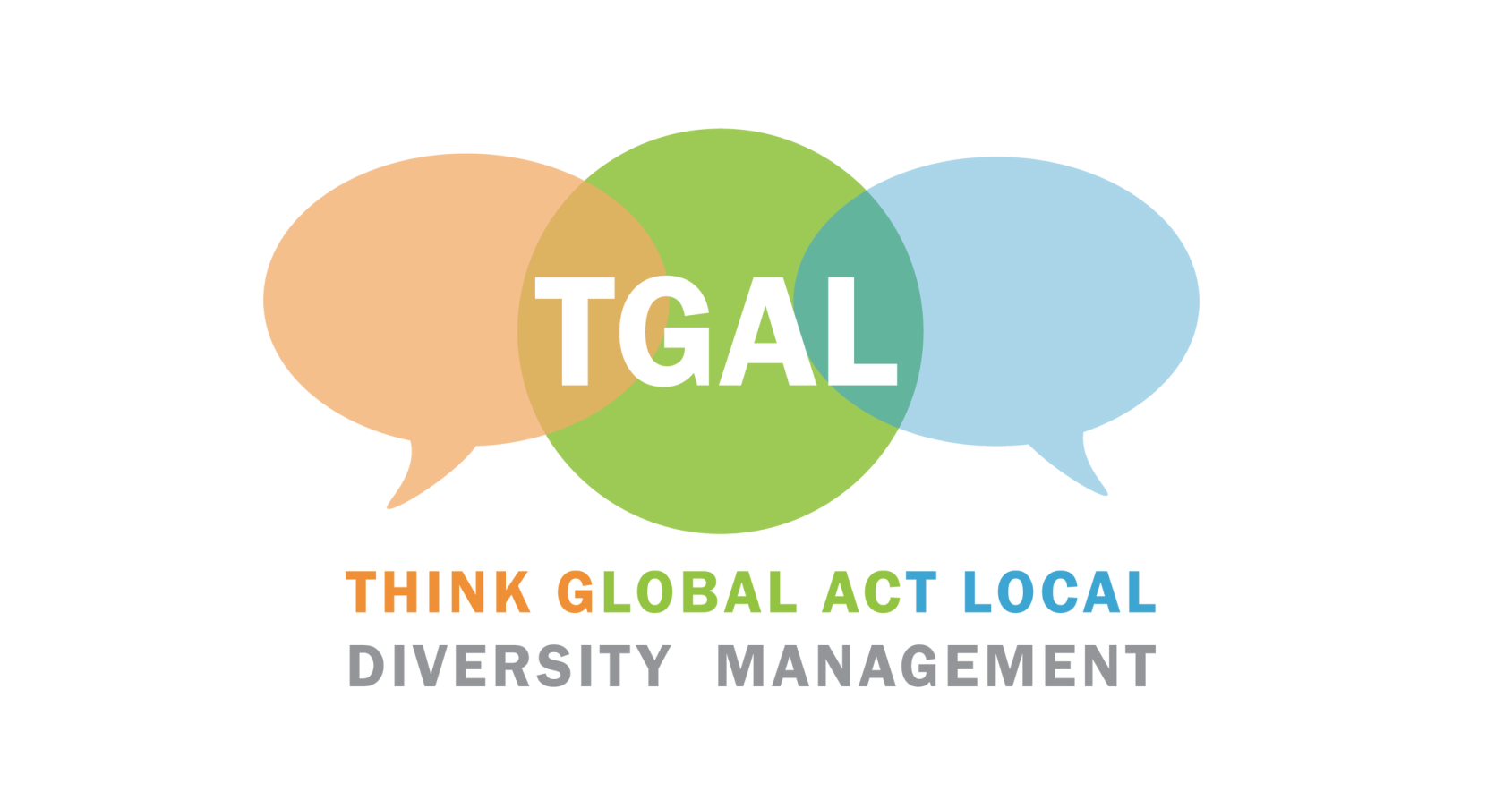Unconscious biases and how they become barriers to workplace inclusion

Unconscious bias not only affects our personal life but has also an impact in the world of work. For instance, unconscious biases can influence our decisions regarding who we hire, who we offer opportunities and training to, how we evaluate and assess performance, as well as our interaction with our colleagues. In this article, we expand on how unconscious bias at work can influence the sense of inclusivity within organisations.
What does an inclusive workplace look like?
In order to have an inclusive workplace it is not enough to have diversity of people, but these diverse individuals need to be involved, developed, empowered and trusted by the organisation. Living in a world where workplaces become increasingly diverse, both opportunities and challenges arise as people constantly interact with peers, managers, and customers with different backgrounds, experiences, and identities.
Diversity and inclusion management aims to empower employees and managers to better navigate diverse work settings more effectively and provide them with the tools to deepen their understanding of the differences around them. Overcoming barriers to creating inclusion, managing and communicating with people from different backgrounds, and identifying and implementing approaches for managing diversity becomes the centre of our attention. Hence, organisations seek equity and fair treatment for all, ensuring that inequities and barriers are identified and eliminated which can, in turn, give everyone the opportunity to thrive and be successful.
How unconscious bias can influence inclusion
Unconscious bias affects everyone. A common issue, though, is that organisations that are not inclusive are most of the times not aware of it. Unconscious biases can have a significant influence on our attitudes and behaviours, and without us realizing we are led to exclude certain people.
To start with, in the workplace, unconscious bias can affect recruitment. Scholarly research has shown us that traditional hiring methods that make use of CVs and unstructured interviews very often trigger our unconscious biases (Consul et al. 2021). Candidates’ information and characteristics such their name, nationality, appearance, age or gender can affect how their ability to do a job is judged. As a result, the wrong person may end up getting a job. Nevertheless, the influence of unconscious bias on inclusion continues after recruitment. If an individual is perceived as not ‘fitting’ in an organisation, then they are confronted with their colleagues’ unconscious biases. As a result, they might be treated differently to others, or feel undervalued and excluded. Likewise, performance management, appraisals and promotion opportunities can also be affected.
Let’s explore a few different types of unconscious bias, and how they can each influence the inclusivity of an organisation.
Confirmation bias
Confirmation bias is the tendency to search for, interpret, or recall information that confirms our existing beliefs, ideas or values. For example, during recruitment if we believe that a candidate is less capable to perform the tasks of the job because of the university they attended, we will then actively seek out information that validates our belief, instead of focusing on the objective evidence.
Affinity bias
Affinity bias is a tendency to favor individuals who share similar interests, backgrounds and experiences with us. We tend to feel more comfortable and have a natural connection with people who are similar to us. For example, line managers may allocate more training opportunities to individuals who are more similar to them and simultaneously block access to diverse employees, which may slow down their career progression.
Perception bias
Perception biases can be positive or negative and are informed by societal and cultural stereotypes about certain demographic groups. Therefore, we may make judgments or behave and communicate with others based on our positive or negative assumptions about them. One common example of perception bias at work is favoring males for job positions that require mathematical ability, even though their female counterparts had better skills and qualification for the role.
How to improve workplace inclusion
Organisations can invest and focus on a fairer, bias-free recruitment process. Candidates for a job need to be more carefully assessed on work-based samples and their skillset. The recruitment team should be aware of the different unconscious biases and also actively question their biases during selection procedures and welcome individuals’ diverse characteristics, which can promote different viewpoints at work.
Implicit or unconscious bias training has proven particularly popular within organisations. A widely publicized example goes back to 2018 where two African-American men were arrested for merely sitting in a US Starbucks outlet without ordering. As a result, Starbucks closed 8,000 of their stores in the US to ensure all staff attended mandatory unconscious bias training (see their News announcement here). This type of training very often involves taking a test, such as the Implicit Association Test, which measures reaction times when participants are asked to match stimuli, such as men and women, to attributes, such as the words ‘career’ or ‘family’. After completing the test, participants are then debriefed and educated on unconscious bias theory and they are introduced to ways to reduce biased behaviour.
Keeping in mind that no one can be completely free from unconscious bias is the first step towards uncovering an organisation’s blind spots when it comes to inclusion.
Maria Charalampous, PhD
Senior Researcher – Project Manager at the Institute of Development, Cyprus
Organisational Psychologist
